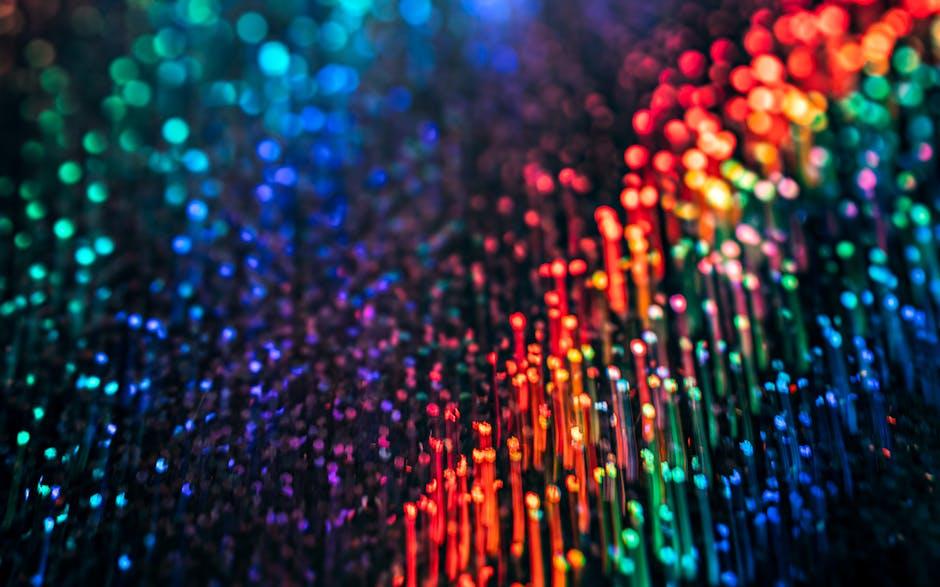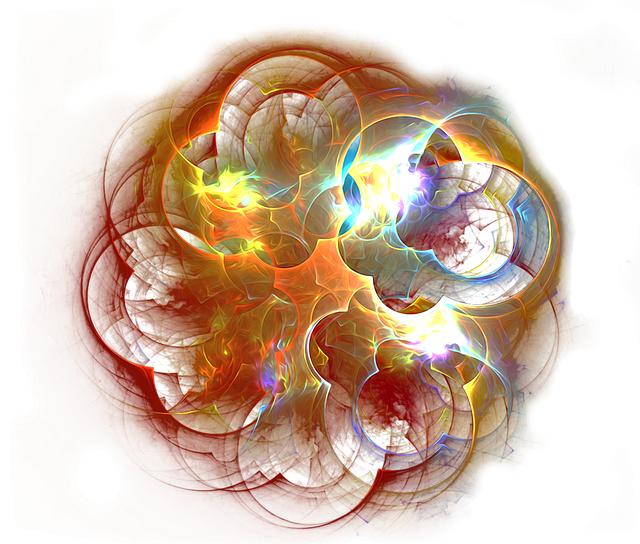In the dimly lit corridors of cinematic history, a timeless debate unfolds: the clash between the tangible and the intangible, the tactile and the virtual. It’s a conversation that echoes from the clattering projectors of yesteryears to the humming servers of today’s digital age. Practical effects, with their handcrafted charm and palpable authenticity, stand resolute against the shimmering allure of digital wizardry, where pixels and algorithms conjure entire worlds from thin air. As filmmakers weave these two strands into the fabric of storytelling, the question arises: which crafts a more believable reality? Join us as we journey through the realms of practical and digital effects, exploring their unique contributions to the art of illusion and the pursuit of realism on the silver screen.
Crafting Reality: The Art of Practical Effects
The allure of practical effects lies in their tangible nature, offering audiences a visceral connection that often eludes digital counterparts. Practical effects harness real-world materials and techniques, engaging the senses in a way that feels undeniably authentic. Consider the textural richness of a meticulously crafted creature suit or the explosive spectacle of an on-set pyrotechnic display. These elements ground the fantastical in reality, creating a tactile experience that resonates deeply with viewers.
- Tangible Presence: Physical objects interact with their environment, casting real shadows and reflecting light naturally.
- Timeless Appeal: Practical effects often age more gracefully, maintaining their charm and believability over decades.
While digital effects offer limitless possibilities, the artistry of practical effects continues to captivate, crafting realities that feel both familiar and extraordinary.

Digital Magic: Transforming Imagination into Pixels
In the realm of cinematic wonder, the clash between practical effects and digital wizardry often shapes our viewing experience. Practical effects involve tangible creations like prosthetics, animatronics, and miniatures. They offer an undeniable sense of physicality, often resulting in a tactile authenticity that viewers can almost feel. The weight of a creature’s footfall or the texture of an alien landscape—these elements resonate deeply when crafted by skilled hands and captured in-camera.
On the other hand, digital effects unleash the limitless potential of technology, transforming imagination into breathtaking visuals that defy the constraints of the physical world. With digital effects, filmmakers can:
- Create vast, immersive worlds
- Bring mythical creatures to life
- Enhance or alter scenes seamlessly
Yet, the challenge lies in ensuring these pixelated wonders do not detach from reality. The key to realism often lies in the subtle blend of both methods, where digital enhancements complement practical foundations, crafting an experience that captivates and convinces the audience.
Blending Techniques: Achieving the Perfect Illusion
Mastering the art of combining practical and digital effects can lead to a breathtaking visual experience that captivates audiences. Practical effects bring a tangible authenticity, with their physical presence creating a visceral connection. The texture, weight, and natural imperfections of real-world elements can often be more convincing than their digital counterparts. Consider using practical effects for:
- Close-up shots where detail is crucial
- Scenes requiring interaction with actors
- Effects involving natural elements like water or fire
On the other hand, digital effects offer unparalleled flexibility and creative possibilities. They allow for the creation of worlds and creatures beyond the constraints of reality. When blended seamlessly with practical effects, digital enhancements can elevate the storytelling experience. Key advantages of digital effects include:
- Creating large-scale environments and backgrounds
- Enhancing practical effects for greater impact
- Executing complex sequences that are impossible to achieve physically
By skillfully blending these techniques, filmmakers can achieve the perfect illusion, crafting scenes that are both believable and awe-inspiring.

Choosing the Right Medium: A Guide for Filmmakers
When deciding between practical and digital effects, filmmakers must weigh several factors to determine which medium best enhances the realism of their project. Practical effects, such as animatronics, pyrotechnics, and prosthetics, offer a tangible authenticity that can captivate audiences with their raw, unfiltered presence. These effects can be particularly effective in close-up shots where the texture and detail can be fully appreciated. However, they often come with limitations in flexibility and cost.
On the other hand, digital effects provide unparalleled versatility, allowing filmmakers to create environments and scenarios that defy the laws of physics. With advancements in CGI technology, digital effects can mimic reality with increasing accuracy. They are especially advantageous for creating large-scale or complex scenes that would be impractical or impossible to achieve with practical methods. However, the challenge lies in ensuring that these effects do not appear artificial or out of place.
- Cost: Practical effects can be expensive upfront, but digital effects may require extensive post-production time.
- Flexibility: Digital effects offer greater flexibility in creative direction and alterations.
- Realism: Practical effects provide a tactile realism, while digital effects can seamlessly blend with live-action footage if done correctly.

